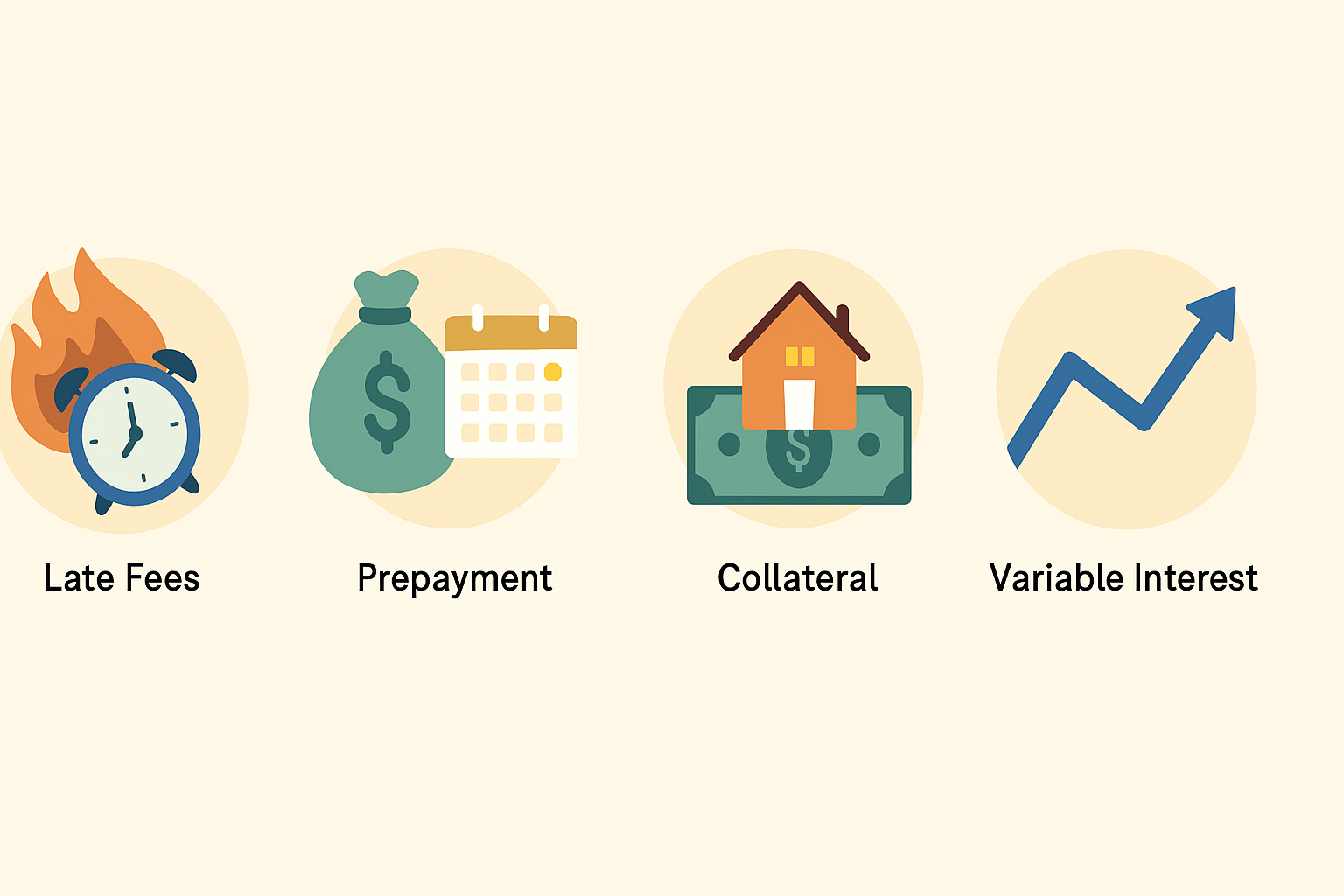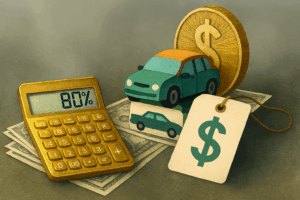Car loans often look straightforward on paper. You see a monthly payment, a term length, and an interest rate. But beneath that surface, there are hidden triggers that can quietly increase your total cost over time. These triggers are built into the loan structure or activated by changes in your behavior, and they can add hundreds or even thousands to what you end up paying.
Understanding these cost drivers helps you avoid unnecessary expenses and make smarter decisions throughout the life of your auto loan.
1. Payment Timing and Interest Accrual
Most car loans calculate interest daily. That means every day your balance remains unpaid, it grows slightly. If you consistently pay close to the due date or rely on grace periods, you may be accumulating more interest than expected.
Even a few days of delay each month can add up over a multi-year loan. Some lenders also apply late fees immediately after the due date, regardless of grace terms.
Tip: Pay early whenever possible. Set up automatic payments to avoid timing errors and reduce interest accumulation.
2. Prepayment Penalties
Paying off your car loan early sounds like a smart move, but some lenders charge a fee for doing so. These prepayment penalties are designed to protect the lender’s expected interest income. If your loan includes this clause, you could be penalized for reducing your balance ahead of schedule.
This is more common in longer-term loans or promotional financing deals.
Tip: Ask upfront whether your loan includes a prepayment penalty. If it does, calculate whether early payoff still saves you money.
3. Deferred Interest Financing
Some dealerships offer promotional financing with phrases like “no interest for 12 months.” What they may not highlight is the deferred interest clause. If you fail to pay off the full balance within the promotional period, you could be charged retroactive interest on the entire amount.
This can dramatically increase your total cost, especially if the standard rate is high.
Tip: Treat promotional loans as if they have a hard deadline. Pay off the full balance before the promo period ends to avoid backdated charges.
4. Loan Extensions and Modifications
If you run into financial trouble, lenders may offer to extend your loan term or modify your payment schedule. While this can reduce your monthly payment, it often increases the total interest paid over time.
Extending the loan term means more months of interest accumulation. Some modifications also include administrative fees or refinancing at a higher rate.
Tip: Use extensions only when necessary. If you must modify your loan, calculate the long-term cost before agreeing.
5. Bundled Add-Ons and Financing Extras
Dealerships often bundle extras like extended warranties, GAP insurance, or service plans into your loan. These add-ons are convenient, but when financed, they become more expensive due to interest.
Even small extras can inflate your total cost when spread over several years.
Tip: Decline bundled extras unless they offer clear value. If you do opt in, consider paying for them separately to avoid interest charges.
6. Loan-to-Value Ratio and Rate Adjustments
Your loan-to-value ratio or the amount you borrow compared to the car’s value can influence your interest rate and loan terms. A high ratio signals more risk to the lender, which may result in higher rates, mandatory insurance, or stricter repayment conditions.
This is especially relevant when financing older vehicles or rolling over negative equity from a previous loan.
Tip: Make a larger down payment to lower your loan-to-value ratio. This can unlock better rates and reduce long-term costs.
Car loans are filled with details that can quietly increase your total cost over time. From payment timing to bundled extras, each decision affects how much you ultimately pay. By reading the fine print, asking the right questions, and planning ahead, you can avoid these traps and keep your loan expenses under control.




